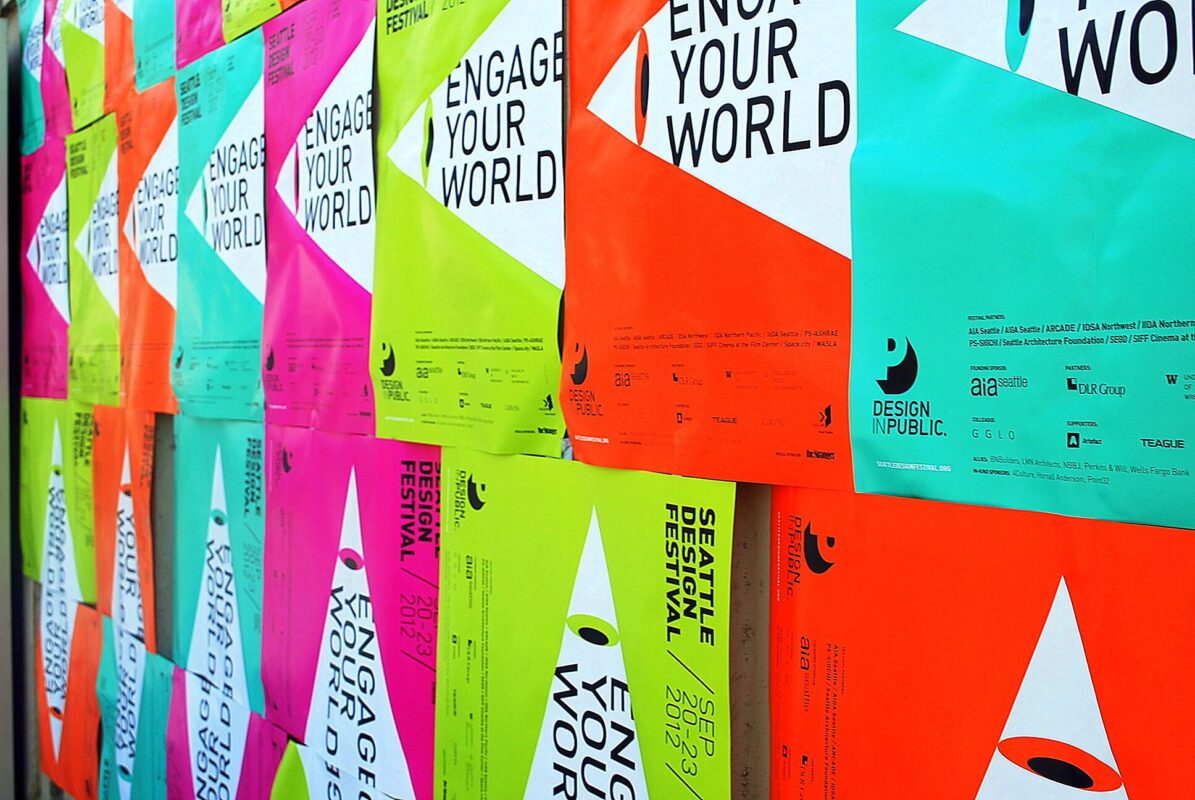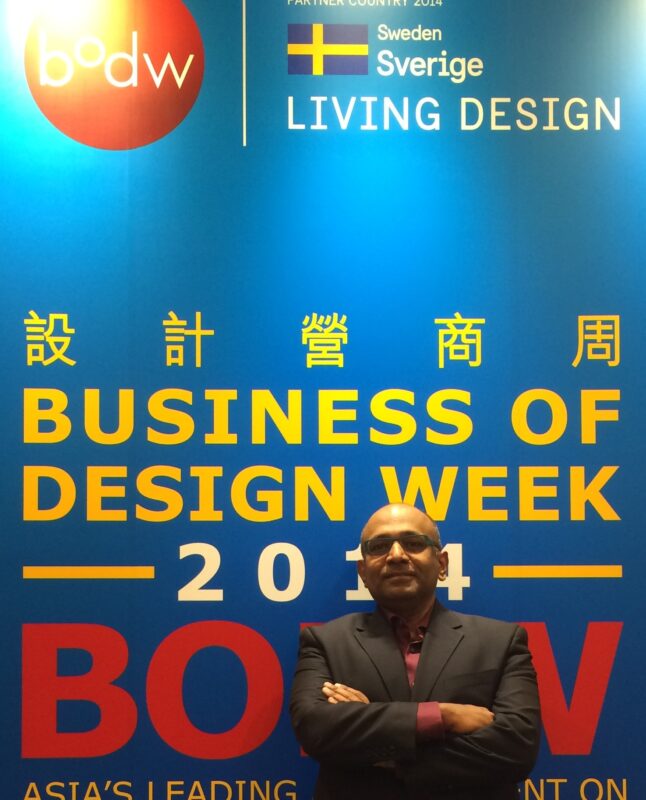Design, Featured category, UI/UX
Collaborative creativity
ISSUE: 128

Surya Vanka introduced the widely adopted concept of DesignSwarms, a method that uses the combined skills of teams to come up with solutions to difficult challenges. The multiple award-winning industrial, interaction and instructional designer, who has spent 25 years on the cutting edge of the field, shares his hopes for a more human- and planetcentric approach to design.

How, in your opinion, can design thinking transform the world?
SV: Although the design is a highly specialized discipline with specific thinking skills, visual skills, and making skills that take time and effort to master, the design thinking mindset can be adopted by almost anyone. It is the accessibility of design thinking and the elasticity of this approach to several situations that gives it power. We undeniably live at an incredibly complex time in the life of our planet and of our species. Our species and 8 million other species, fellow travellers on this spaceship Earth, all face the existential threat of impending climate catastrophe, in addition to numerous everyday challenges relating to shelter, food, water, justice and a decent life for all. These challenges are not easily resolved because they have complex interdependencies, and the effort to solve one problem often creates new problems.

How differently do designers in the West function from their counterparts in India?
SV: There was a time when there was a larger difference in the design maturity between different countries. As a design student, I was a fan of Italian design and German design and felt that the culture of design in these countries was much more advanced. Increasingly, those differences are shifting as designers around the world are using the same tools, the same platforms, the same processes, and the same sources of inspiration. Many designers now work across national boundaries and have conversations that bridge both distance and time. For me, a good designer has a deep understanding of the design process, mastery of craft and a willingness to continuously learn, and these designers are practising all over the world today. While the old design tribes were defined by national boundaries, the new tribes of design are more based on practice such as the global tribes of interaction designers, industrial designers, service designers, conversation designers, and so on. There are differences of course, but these are less about the level of design maturity and more about the local design needs, conditions, and opportunities.

What role has formal design education played in shaping your career?
SV: I first learned design at the National Institute of Design in Ahmedabad. I have since had the privilege of having taught in some of the best design schools around the world, and this always makes me thankful for the unique and world-class undergraduate design education I had at NID. As an 18-year-old searching for a career that aligned with my passions, I was thrilled to discover industrial design and looked forward to a life of styling fast cars and luxury goods. But the first months at NID opened my eyes to the fact that designing is a deeply political act. Through those years, it became clear that a strong moral compass not only makes your design work more purposeful but also makes you a better designer. I had the privilege of being part of the relatively early years of the Indian design movement, which instilled an enduring habit of being curious, holistic and always learning. Later in graduate school at Ohio State University, that solid platform of design thinking and craft let me dive deep into specialist fields like anthropology, cognitive science, and computation, which made me a more rounded designer.

Purchase Designindia 129 here. Read the digital copy of Designindia on Magzter, or POOL App which you can download from AppStore, Google Play.

